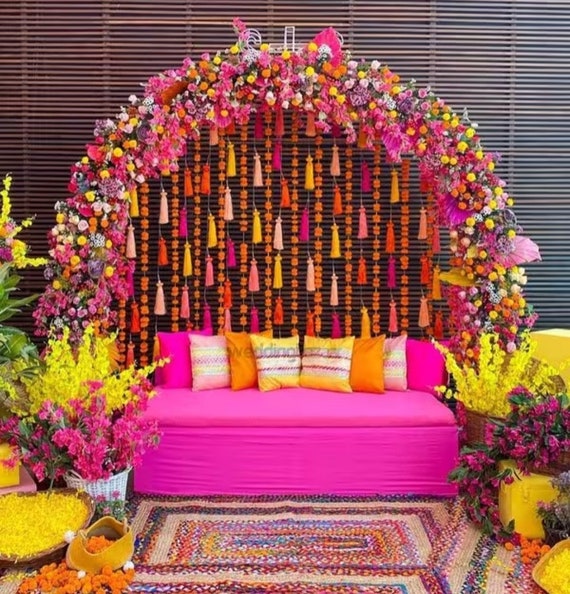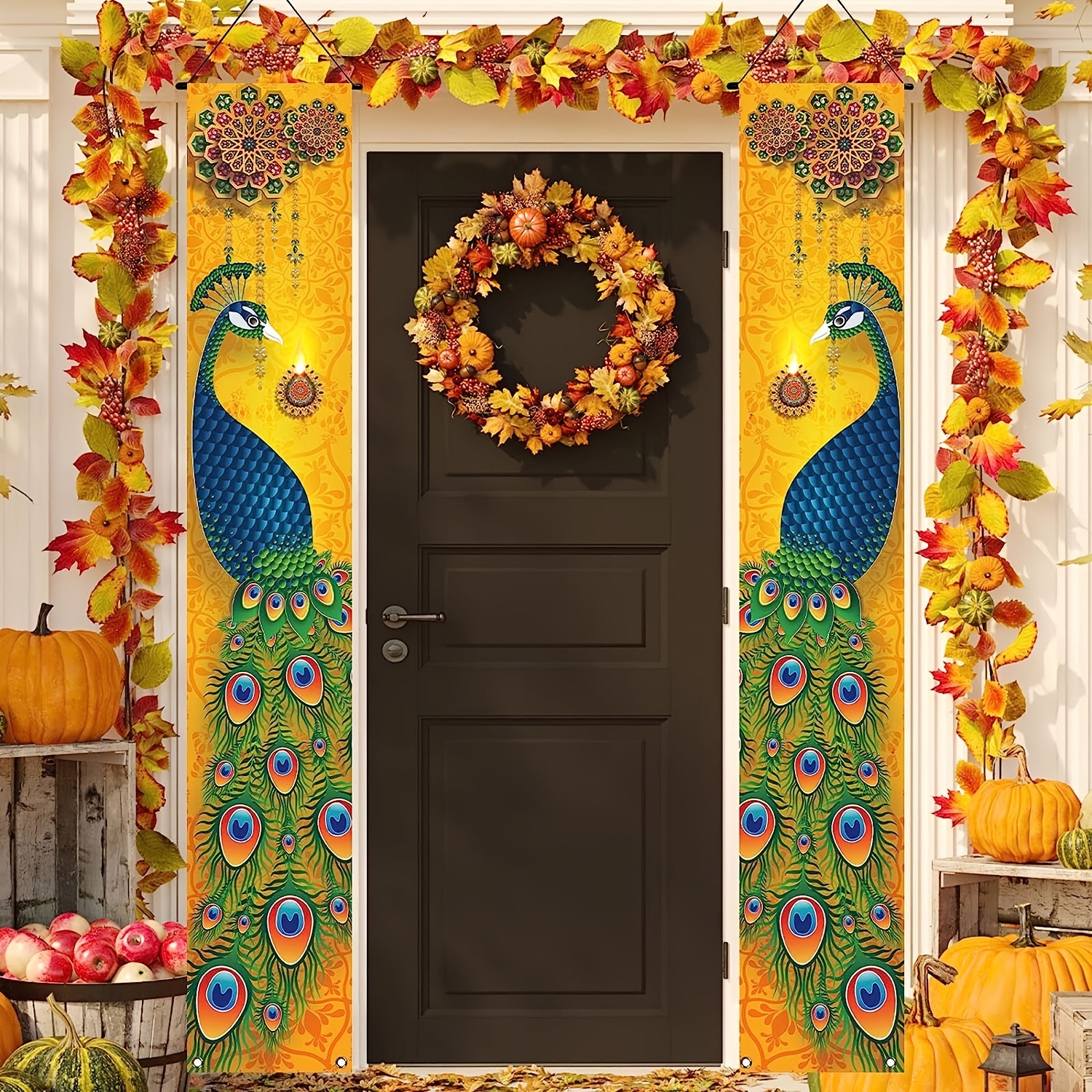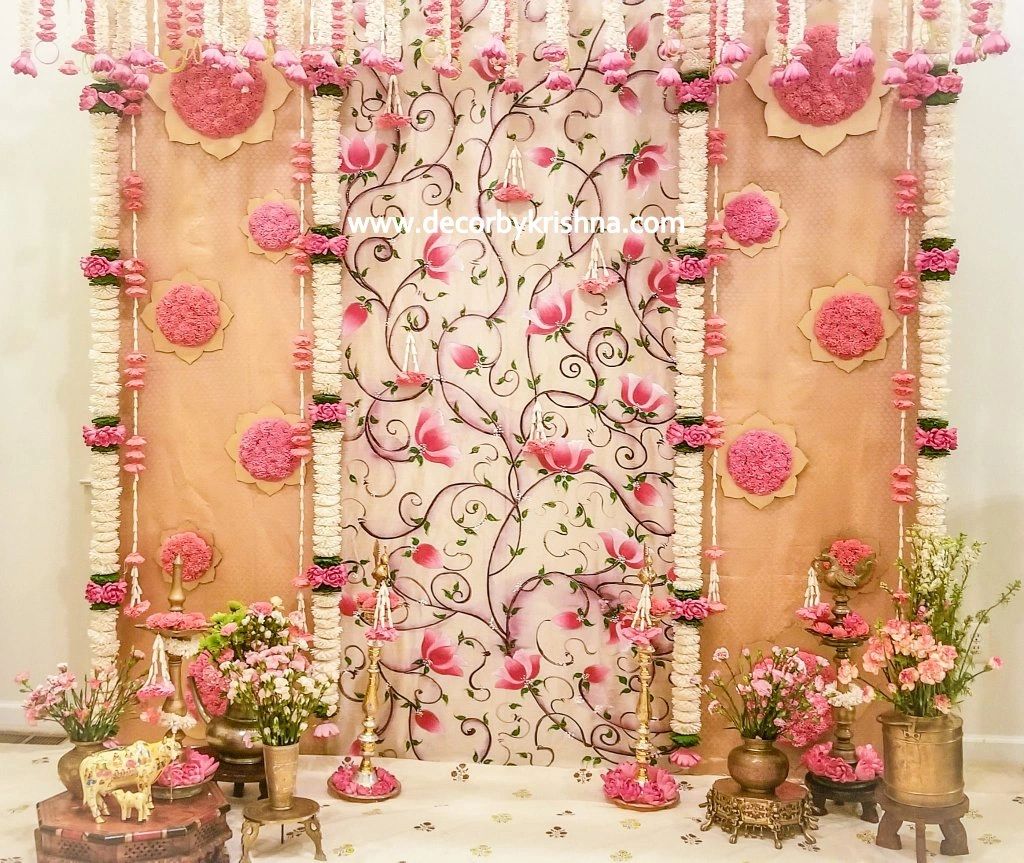In a country as diverse and vibrant as India, the realm of decoration is a delightful fusion of ancient traditions and modern aesthetics. From the intricate designs of Rajasthani textiles to the minimalist charm of contemporary Indian homes, there’s a treasure trove of ideas waiting to be explored. Join me as I dive deep into the multifaceted world of Indian decoration, sharing personal insights and an array of styles that can inspire your own spaces.
The Essence of Indian Decoration
Indian decoration is not merely about aesthetics; it’s a reflection of culture, tradition, and personal stories. Whether you are looking to infuse your home with traditional elements or modern touches, understanding the essence behind these styles is key.
Understanding Cultural Influences
- Regional Variations: From Kashmir’s Pashmina to Gujarat’s Bandhnis, every region boasts unique styles.
- Historical Context: The remnants of Mughal, Rajput, and colonial influences continue to shape contemporary decor.
- Spiritual Elements: Incorporating sacred symbols and color palettes can evoke peace and harmony.
Popular Styles of Decoration in India
Let’s take a closer look at some of the prominent styles that define Indian decoration.

1. Traditional Indian Decor
This style brings together rich textures, vibrant colors, and intricate patterns.
Key Features
- Heavy use of textiles like silk, cotton, and wool.
- Carved wooden furniture and ornate décor items.
- Vivid colors and intricate patterns.
Pros and Cons of Traditional Indian Decor
| Pros | Cons |
|---|---|
| Rich cultural heritage. | Can be overwhelming if not balanced properly. |
| Unique and personalized. | Maintenance of intricate items can be challenging. |

2. Modern Indian Decor
Embracing minimalism and functionality, modern Indian decor highlights clean lines and understated elegance.
Key Features
- Neutral color palettes with splashes of bold colors.
- Simple furniture with sleek designs.
- Integration of technology into home designs.

Pros and Cons of Modern Indian Decor
| Pros | Cons |
|---|---|
| Timeless and versatile. | Risk of appearing too cold or impersonal. |
| Easier maintenance. | Less character and cultural depth compared to traditional styles. |
3. Bohemian Indian Decor
This style celebrates freedom, creativity, and individuality with an eclectic mix of textures and patterns.

Key Features
- Vibrant colors and mismatched patterns.
- Use of various cultural artifacts and art pieces.
- Layered textiles for a cozy atmosphere.
Pros and Cons of Bohemian Indian Decor
| Pros | Cons |
|---|---|
| Highly personal and unique. | Can easily become cluttered if not careful. |
| Encourages creativity and self-expression. | May not appeal to everyone’s tastes. |

How to Incorporate Indian Decoration Styles into Your Home
Now that we’ve explored various styles, let’s discuss how to seamlessly incorporate them into your home.
1. Start with a Theme
Choose a dominant style that resonates with your personality and preferences. Whether you lean towards traditional, modern, or bohemian, having a clear theme helps in making cohesive choices.

2. Choose a Color Palette
Colors can make or break your decor. For traditional styles, opt for rich reds, yellows, and greens. In contrast, modern decor thrives on earthy tones and pastels.
3. Invest in Key Pieces
Instead of filling your space with numerous items, invest in a few statement pieces—be it a hand-carved wooden table or an artful tapestry. These will anchor your design and create points of interest.

Example of Key Pieces
| Style | Key Piece | Suggested Material |
|---|---|---|
| Traditional | Jharokha (window seat) | Carved wood |
| Modern | Coffee Table | Glass and metal |
| Bohemian | Macramé wall hanging | Cotton |
4. Add Textiles and Fabrics
Layering textiles in different textures and patterns can add depth to your decor. Think of adding cushions, rugs, and throws that complement your theme.
5. Incorporate Local Art
Art is a powerful way to connect with your culture. Whether it’s a painting from a local artist or a piece of traditional craft, let it reflect your history and values.
Personal Experiences with Indian Decoration
Having decorated my own home with a blend of traditional and modern elements, I’ve found that the most fulfilling rooms to create are those that tell a story. For instance, my living room features a vibrant tapestry handed down through generations, paired with contemporary furniture that offers comfort. It’s the perfect blend of past and present, sparking conversations and admiration from guests.
Frequently Asked Questions (FAQs)
What are some popular Indian decoration elements?
Popular elements include intricate textiles, carved wood furniture, colorful pottery, and decorative wall art.
How can I modernize traditional Indian decor?
To modernize traditional decor, opt for a minimalist approach by selecting key traditional pieces and combining them with contemporary furniture.
Are there any specific colors associated with Indian decoration?
Yes, vibrant colors like deep reds, yellows, and greens are popular in traditional decor, while modern styles often favor neutral tones with pops of color.
Can I mix different Indian decoration styles?
Absolutely! Mixing styles can create a unique and personalized space. Just ensure there’s a common theme or color palette to tie everything together.
Conclusion
Decoration in India is a celebration of cultural heritage, creativity, and personal expression. Whether you’re inspired by the grandeur of traditional styles or the simplicity of modern design, there’s no wrong way to create a space that resonates with you. By incorporating key elements and infusing personal touches, you can transform your home into a beautiful reflection of who you are. Let the journey of decoration in India serve as your muse!